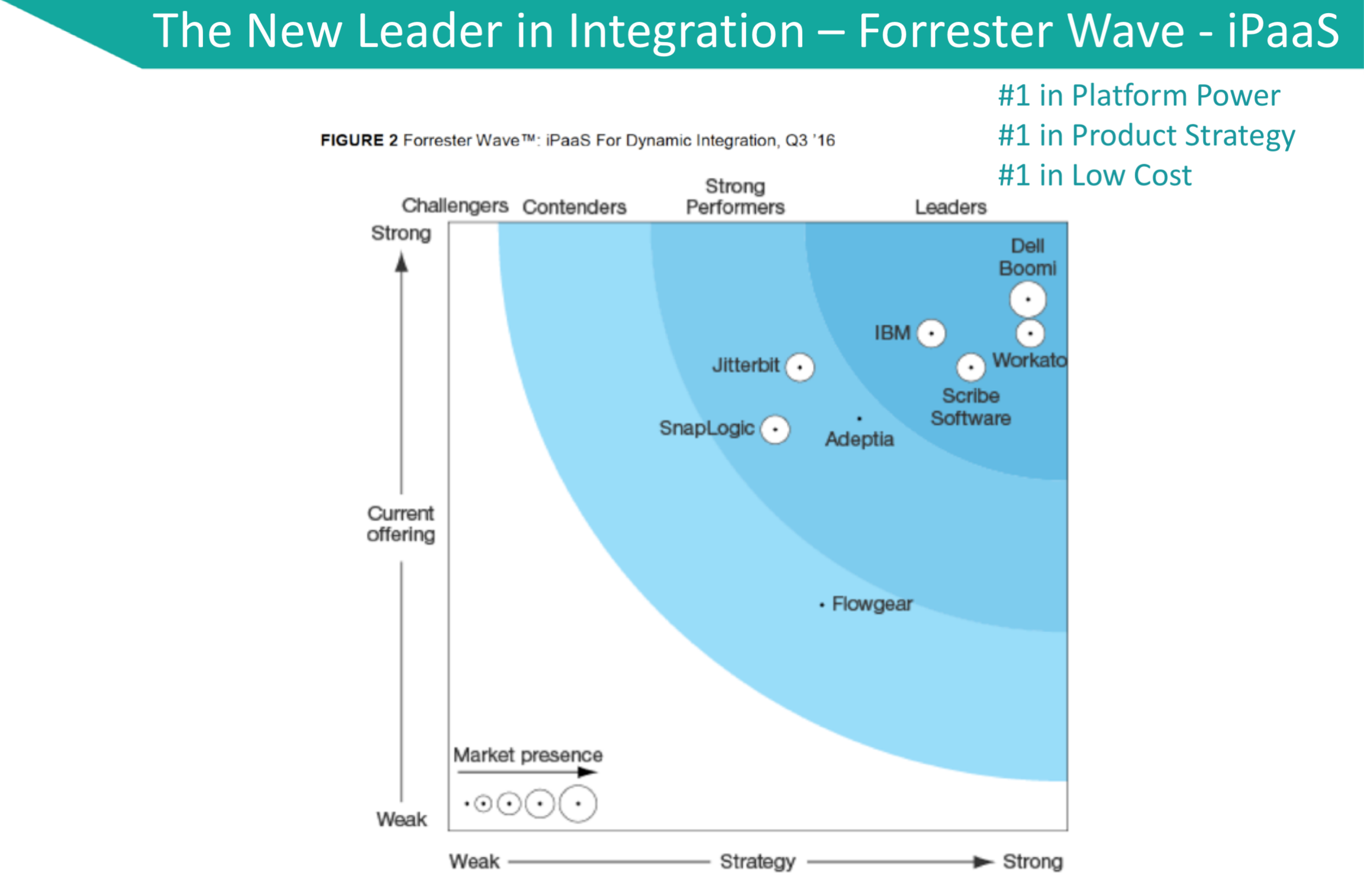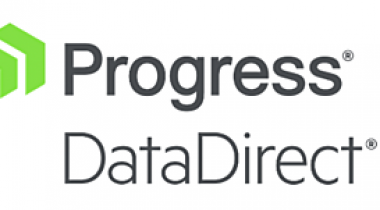Highly Recommend, Incredibly Powerful Platform
What do you like best?
- It does what it's supposed to do!!!
- Love how we can configure the job history output to see which jobs were successful/failed
- Error handling and monitoring capabilities are excellent, allows users to troubleshoot and resolve issues quickly
- Endless possibilities to easily connect third-party applications, which empowers users that don't necessarily sit in a technical organization to build seemingly complex automated processes
What do you dislike?
- Possible steep learning curve. Users of Workato should have at least some understanding of databases, understand data types, and have explicit goals around what issues you'll be using to solve using Workato. While it was pretty intuitive for me to use the platform, there is a bit of a learning curve for folks who are not familiar with using APIs. Without this background, business users might find Workato a little too complicated and a lot more difficult/complex.
Recommendations to others considering the product:
Be clear about how you will use Workato to achieve your objectives!! This includes:
- be explicit about the columns/tables that will be utilized in your recipes
- determine how often does this data need to be updated
- understand how your table structures are setup internally
These tips will help go a long way in quickly realizing the value of Workato!
What problems are you solving with the product? What benefits have you realized?
- Our go-to-market organization (sales/marketing/success) had several JIRA tickets outstanding with our engineering team for over nine months. Workato allowed the GTM organization to resolve and close out these long-standing tickets quickly.
- Many of our previous data pipelines were created by folks that are no longer at the company. Workato enabled the GTM / Business Operations teams to quickly re-establish these pipelines to ensure no downtime on downstream activities that impacted our sales teams.
- Workato allows us to have more control over the data going between different applications without the need to rely on data engineers to both build and maintain these pipelines.




















